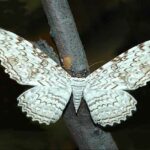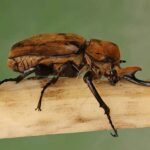Honey bees, or Apis mellifera, are remarkable creatures with a complex life cycle. Each bee, whether a worker, drone, or queen, plays a vital role in the hive’s survival and prosperity.
Their life cycle, comprising four distinct stages, is a fascinating journey that is deeply intertwined with our ecosystem.
The 4 Stages of the Honey Bee Lifecycle
1. Egg
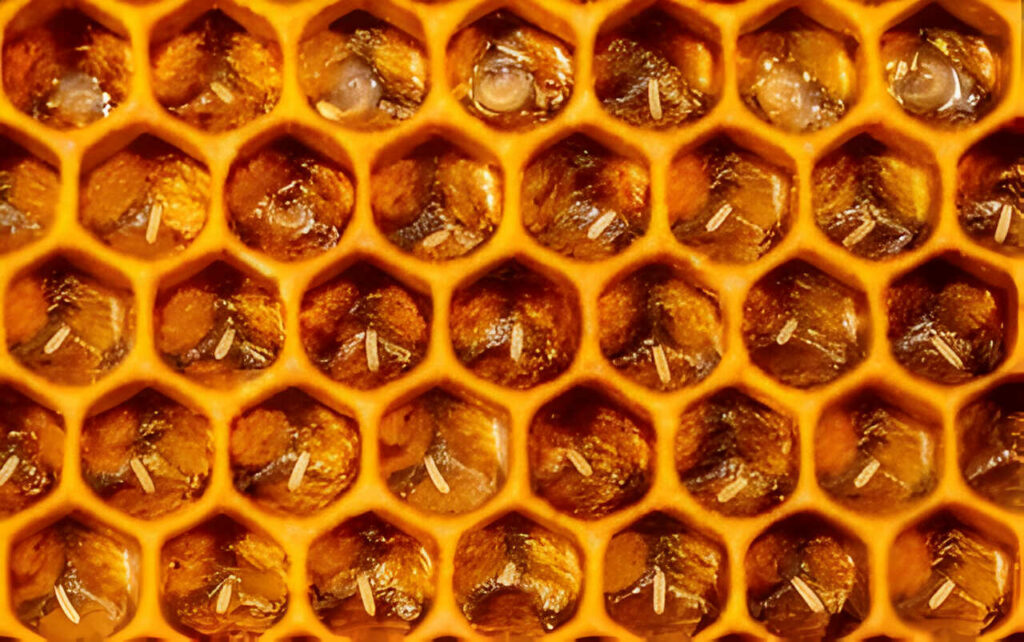
The life of a honey bee begins in the form of an egg, a tiny speck of potential laid by the queen bee in the cells of the honeycomb. Each egg is about the size of a pinhead, a testament to the microscopic beginnings of a creature that plays such a vital role in our ecosystem.
The queen bee, the mother of all bees in the hive, has the ability to lay up to 2,000 eggs per day, a feat that is as astounding as it is crucial for the survival of the hive. The egg stage lasts for about three days, a brief but vital period in the bee’s life cycle.
2. Larva

After three days, the egg hatches into a larva. This stage is characterized by rapid growth and development. The larva is fed by worker bees. Most larvae are fed bee bread, a nutritious mixture of pollen and honey. However, larvae that are chosen to become future queens are fed a special substance known as royal jelly.
Royal jelly is a milky secretion from the glands of worker bees and is rich in proteins and vitamins. It’s this diet that allows the queen to develop her reproductive organs and live longer than worker bees. The larva stage lasts about six days, during which the larva grows rapidly, shedding its skin five times.
3. Pupa
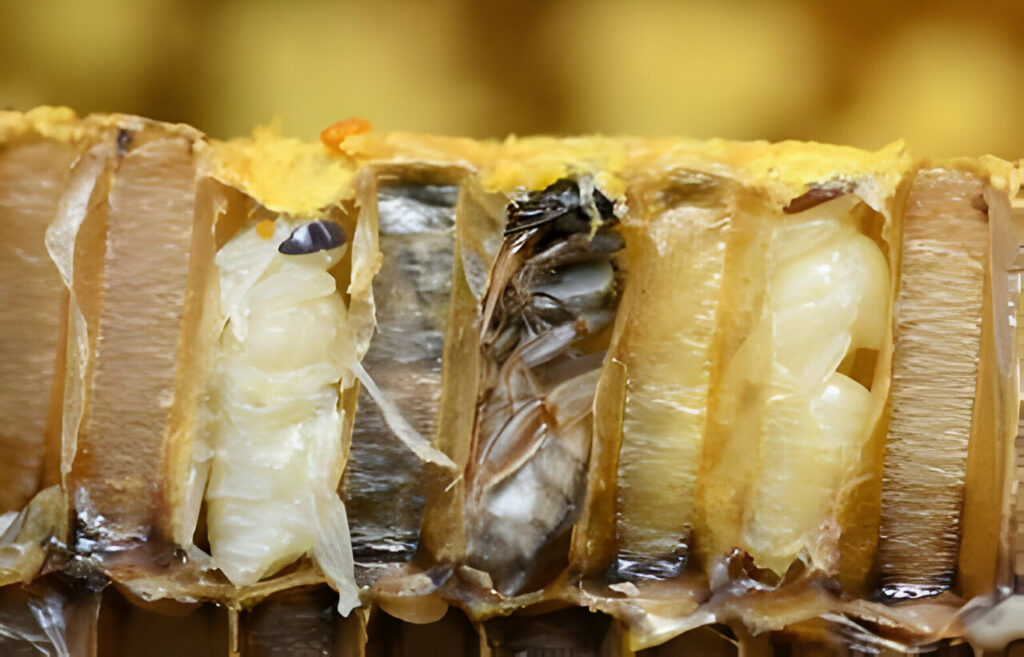
The larva then transitions into the pupa stage. During this stage, the larva spins a cocoon around itself and begins a period of metamorphosis. Inside the cocoon, the pupa undergoes a dramatic transformation.
Its body segments become more defined, and it starts to develop its wings, legs, eyes, and other adult features. This stage lasts about 12 days for worker bees and drones, and about 7 days for future queens. The pupa stage is a time of change, as the bee prepares to emerge as an adult.
4. Adult
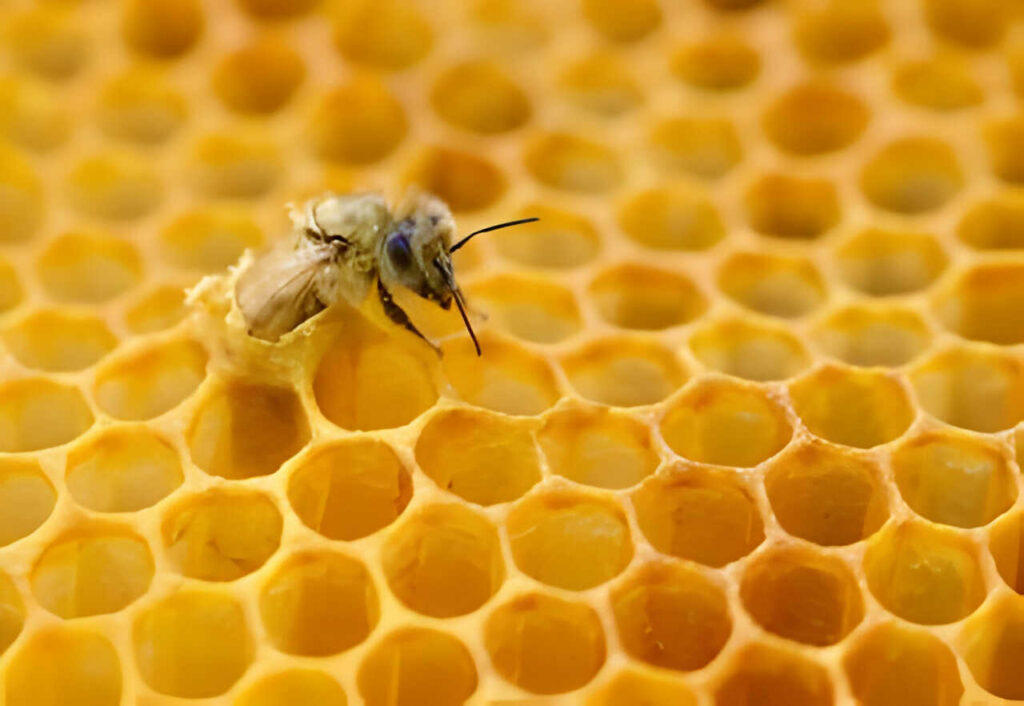
Finally, the bee emerges from its cocoon as an adult. The adult stage of a bee’s life is characterized by activity and duty. Depending on its role in the hive, the bee may be a worker, a drone, or a queen.
Worker bees are responsible for foraging for food, cleaning the hive, and taking care of larvae. Drones, on the other hand, have the sole purpose of mating with the queen. The queen’s primary role is to lay eggs and ensure the survival of the hive.
The adult stage of a bee’s life is a testament to the complex social structure and division of labor within a bee colony.
Conclusion
The life cycle of a honey bee underscores nature’s intricate balance. Bees are key pollinators, contributing to biodiversity and agriculture.
Understanding and protecting their life cycle is crucial for the health of our planet. The complexity of these creatures and their vital role in our world is truly a marvel of nature.


